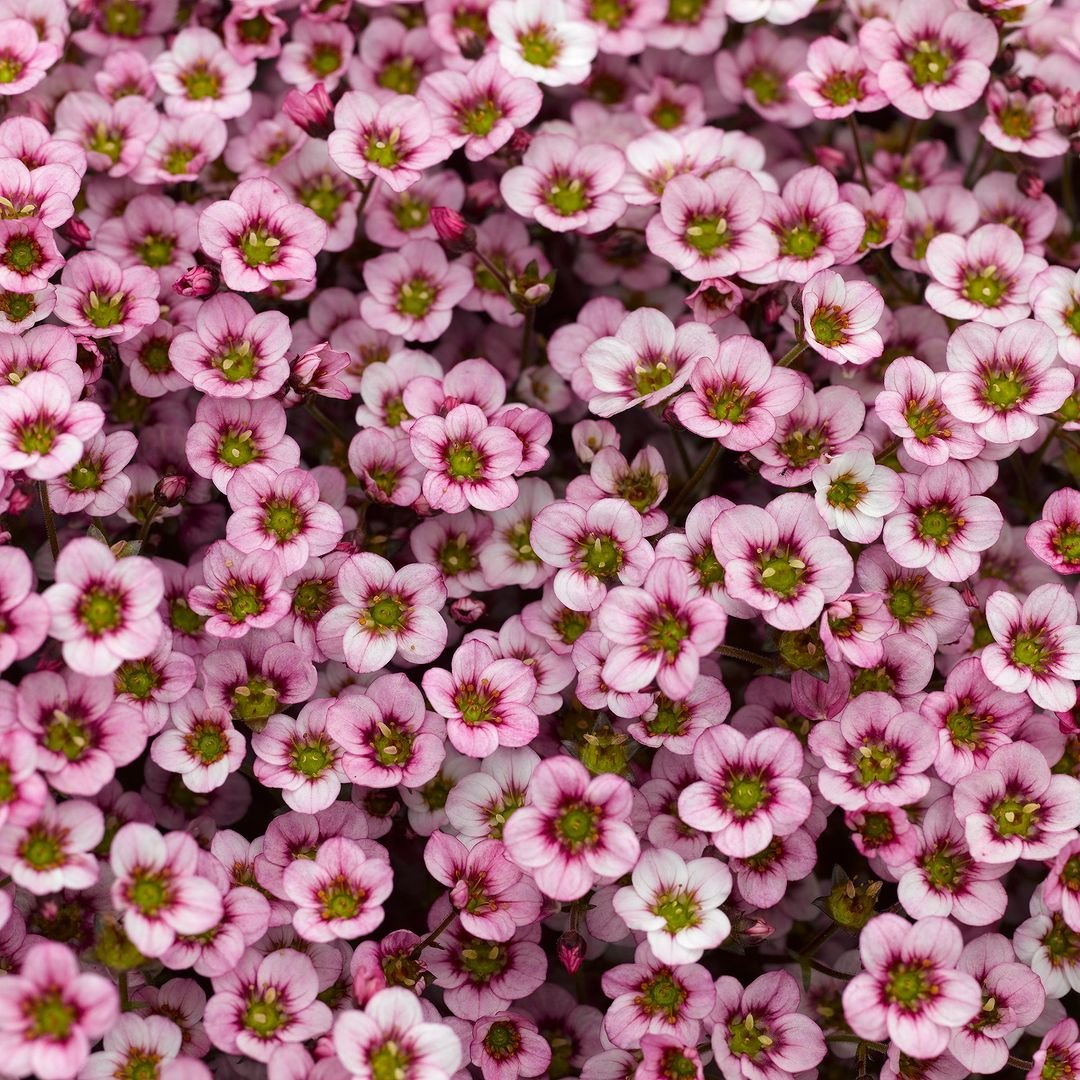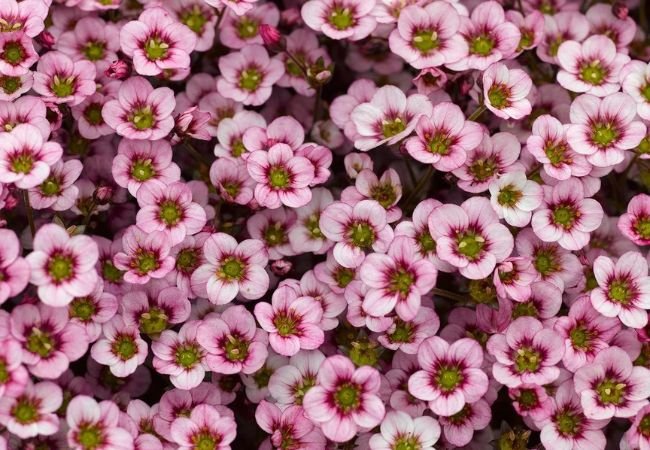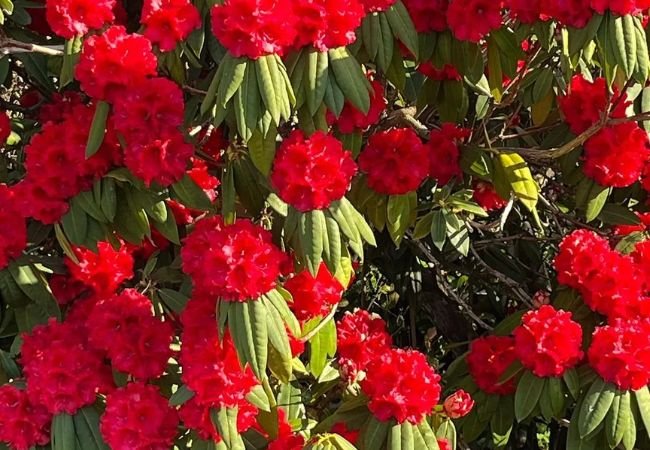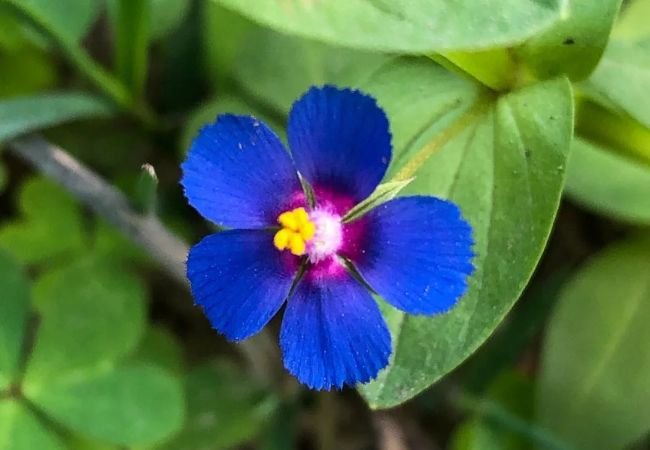Discover the charming world of Saxifraga Flowers. Learn about their varieties, growing tips and uses in rock gardens. Perfect for gardeners looking to add unique, low-maintenance plants to their landscape.
Saxifraga flowers, also known as saxifrages or rockfoils, are small but mighty plants that can bring charm to any garden. These tough little flowers are perfect for rock gardens, walls and other tricky spots. In this article, we’ll explore the world of Saxifraga and learn how to grow these resilient beauties.
Here’s a detailed chart for Saxifraga flowers:
| Category | Information |
|---|---|
| Botanical name | Saxifraga spp. |
| Common name | Saxifrage |
| Plant type | Perennial |
| Hardiness zone | Zones 3-9 |
| Sun exposure | Full sun to part shade |
| Soil type | Well-drained, rocky soil |
| Watering | Moderate watering |
| Growth habit | Cushion-forming, spreading |
| Height/Spread | Varies by species, typically 4-12 inches tall and wide |
| Special features | Clusters of small, star-shaped flowers in white, pink, red, or yellow; evergreen or semi-evergreen foliage; ideal for rock gardens, alpine gardens, and crevices; deer resistant |
What Are Saxifraga Flowers?

Saxifraga is a large genus of plants in the Saxifragaceae family. The name “Saxifraga” comes from Latin words meaning “stone breaker,” referring to their ability to grow in rocky crevices. These plants are known for their small, delicate flowers and often form dense mats or cushions.
Types of Saxifraga
There are many types of Saxifraga, but some popular ones in the USA include:
- Purple Mountain Saxifrage (Saxifraga oppositifolia): A hardy alpine species
- Strawberry Geranium (Saxifraga stolonifera): Known for its trailing habit
- Mossy Saxifrage (Saxifraga x arendsii): Popular for its cushion-like growth
Growing Saxifraga
Planting
- Plant Saxifraga in spring or fall.
- Choose a spot with well-draining soil.
- Most prefer partial shade, but some alpine varieties can tolerate full sun.
- Plant at the same depth as they were in their pot.
Caring for Saxifraga
- Water moderately, allowing the soil to dry between waterings.
- Use a balanced, slow-release fertilizer in spring.
- Remove dead flowers to encourage more blooms.
For more detailed care instructions, visit the North American Rock Garden Society website.
Pests and Diseases
Saxifraga plants are generally hardy, but they can face some issues:
- Root rot: This can occur in overly wet conditions. Ensure good drainage.
- Vine weevils: These pests can damage roots and leaves. Use organic pest control methods.
Uses of Saxifraga in the Garden
Rock Gardens
Saxifraga plants are ideal for rock gardens. They can be used to:
- Fill crevices between rocks
- Create colorful mats on slopes
- Add interest to stone walls
For ideas on creating rock gardens, check out the USDA Natural Resources Conservation Service landscaping guide.
Container Gardening
Many Saxifraga species are perfect for container gardening:
- Use them in troughs or shallow pots
- Create miniature alpine gardens
- Mix with other small, drought-tolerant plants
Fun Facts About Saxifraga
- Some Saxifraga species can survive in extreme arctic and alpine environments.
- Certain Saxifraga plants were traditionally used in herbal medicine.
- The Saxifraga genus includes over 450 species of plants.
For more interesting plant facts, visit the Smithsonian Gardens website.
Saxifraga in Native Ecosystems
Many Saxifraga species are important in their native ecosystems:
- They provide food for alpine insects and birds
- Some species are indicators of specific geological conditions
Saxifraga flowers are charming, resilient plants that can bring beauty to challenging garden spots. Whether you’re creating a rock garden, filling a difficult slope or just looking for low-maintenance plants, Saxifraga offers a variety of options. Remember to provide well-draining soil, moderate water and the right light conditions and these little “stone breakers” will thrive in your garden.
From alpine species to trailing varieties, Saxifraga plants offer something for every gardener. Their ability to grow in tough conditions makes them a valuable addition to any landscape. Happy gardening with Saxifraga!
For more gardening tips and plant care guides, visit usagardenhub.com.






